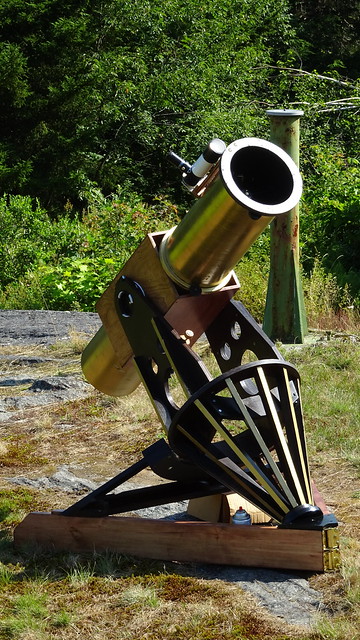Does anyone get in astronomy?
I recently purchased a 127mm Mak/Cass telescope from Orion and have been getting familiar with it over the last few weeks.
I have so far seen Saturn and its rings along with Jupiter and its moons. In the next few weeks I hope to get a rig that I can attached my Smartphone to my optical with to take pictures with. I bought a USB eyepiece that connects to my laptop and works very good during the day but doesn't work at during the night.
It might the settings for the camera because I tried taking live footage of the Moon and nothing.
I recently purchased a 127mm Mak/Cass telescope from Orion and have been getting familiar with it over the last few weeks.
I have so far seen Saturn and its rings along with Jupiter and its moons. In the next few weeks I hope to get a rig that I can attached my Smartphone to my optical with to take pictures with. I bought a USB eyepiece that connects to my laptop and works very good during the day but doesn't work at during the night.
It might the settings for the camera because I tried taking live footage of the Moon and nothing.




